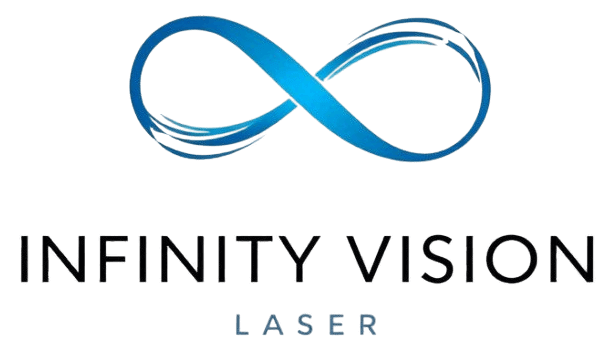Hyperopia (Farsightedness)
What is Hyperopia?
Hyperopia, also known as farsightedness, is a condition where distant objects appear clear, but nearby objects appear blurry. In a normal eye, light rays are focused directly onto the retina to create a clear image. In hyperopia, the light rays focus behind the retina, resulting in a blurred image for close-up objects. This can occur if the eyeball is shorter than normal, the cornea is too flat, or the lens is positioned too far back within the eye.
Hyperopia can be hereditary, meaning it runs in families, or it may result from certain eye conditions, such as retinopathy or eye tumors. It can also develop due to a weakening of the eye’s focusing power.
Symptoms of Hyperopia
People with hyperopia often have trouble focusing on nearby objects. Some common symptoms include:
- Eye strain or fatigue, especially when reading or using digital devices
- Difficulty reading small print
- Trouble performing tasks that require close focus
- Headaches after activities like reading or working up close
- Aching or burning eyes
- Blurred vision, particularly in low-light conditions
Children with hyperopia may not experience noticeable symptoms initially. However, if the condition is severe, children may:
- Experience frequent headaches
- Rub their eyes frequently
- Show disinterest in reading or have trouble with it
- Develop crossed eyes (strabismus)
Treatment of Hyperopia
For many individuals with mild hyperopia, the condition doesn’t interfere significantly with daily life, as the eye can adjust to focus effectively. However, in more severe cases, corrective lenses may be required. These can be in the form of eyeglasses or contact lenses, typically worn only for tasks like reading or other close-up activities.
As people age, hyperopia can worsen, making prescription lenses more necessary.
For those seeking a more permanent solution, surgical options are available to correct hyperopia. In mild cases, laser procedures such as LASIK (Laser-Assisted In Situ Keratomileusis) or PRK (Photorefractive Keratectomy) can reshape the cornea to improve focus. For individuals with severe farsightedness or those also experiencing presbyopia (age-related loss of near vision), an intraocular lens (IOL) can be implanted to replace the eye’s natural lens and correct the condition.
